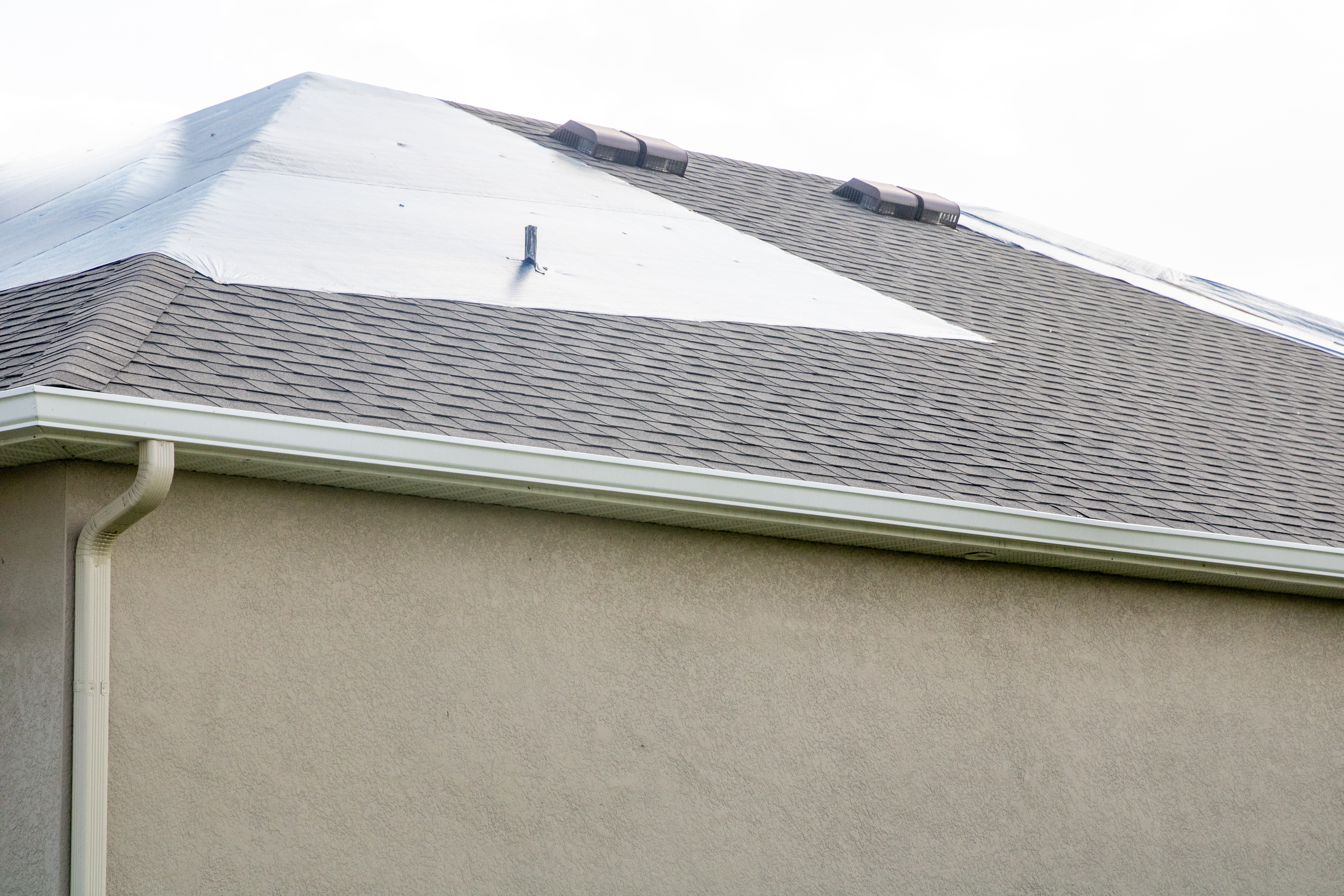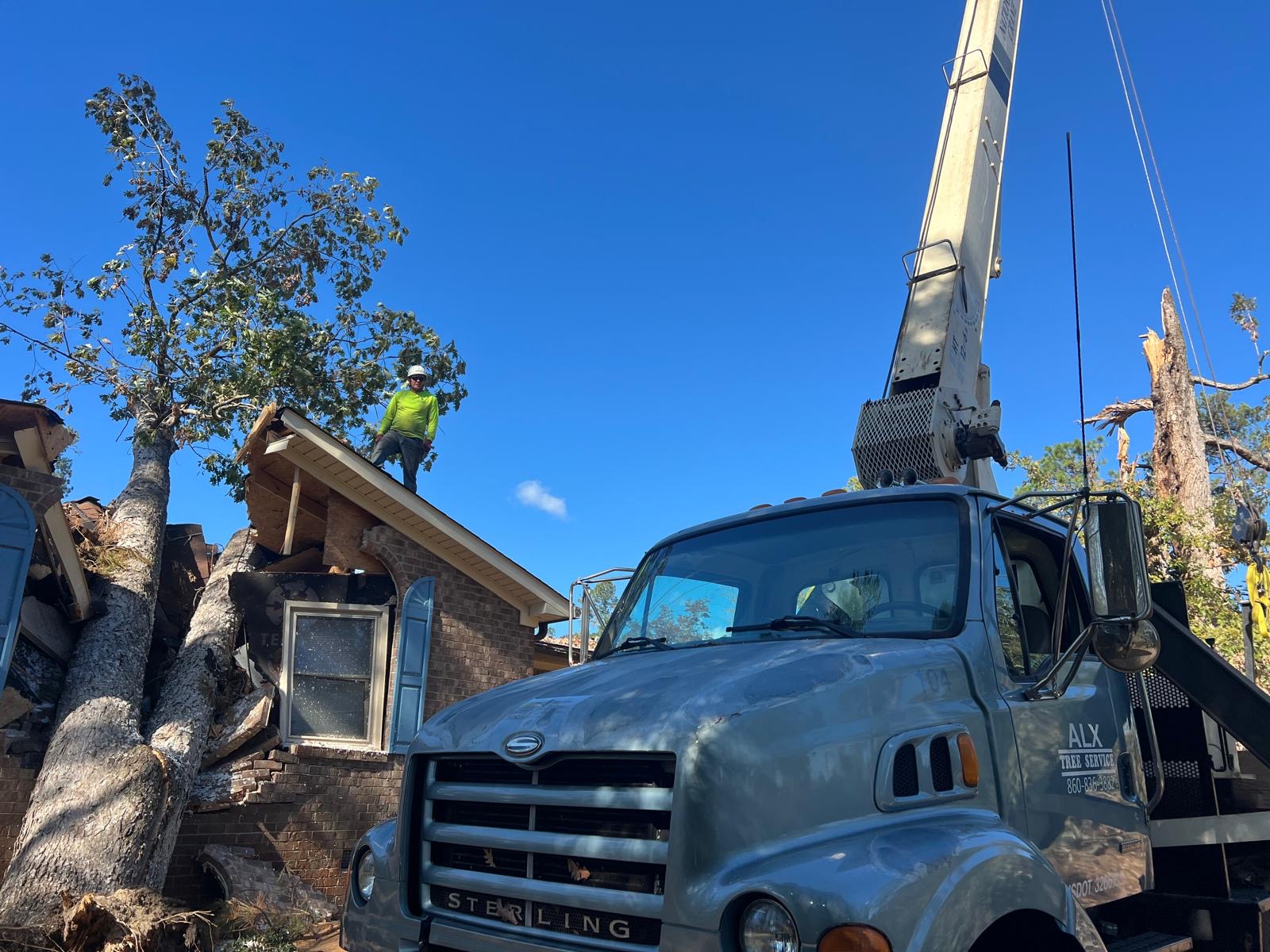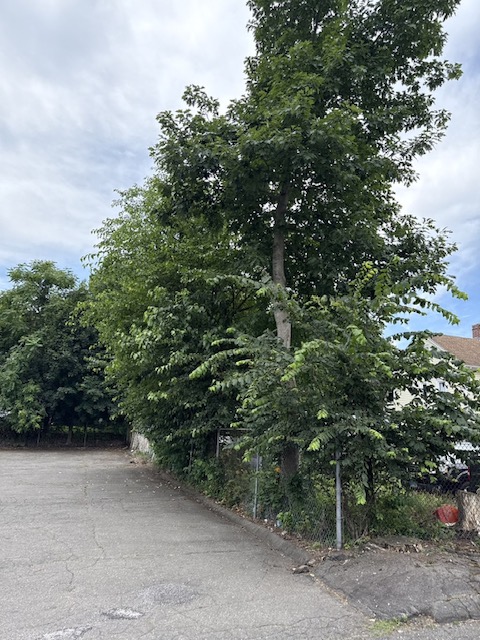How Temporary Roof Tarping Works
By Tree Emergency Expert
Tree Emergency Expert

Emergency tree services are a lifesaver when you’re dealing with storm damage or other unexpected issues. They provide not only fast relief but also peace of mind knowing that experts are handling the situation safely and efficiently.
How Temporary Roof Tarping Works
A damaged roof isn’t just an eyesore—it’s a direct threat to your property. Even a small breach can lead to thousands of dollars in water damage within hours. The Insurance Information Institute reports that wind and hail damage make up nearly 40% of all homeowner insurance claims. When disaster strikes, you don’t have time to waste. That’s where temporary roof tarping comes in.
Tarping is a fast, effective way to protect your home or business from further destruction until permanent repairs can be made. But slapping a tarp on a damaged roof isn’t enough. If it’s not properly installed, wind and rain can turn a quick fix into a bigger mess. In this guide, we’ll break down how temporary roof tarping works, when you need it, and why doing it right matters.
When Is Temporary Roof Tarping Necessary?
Roof damage doesn’t wait for a convenient time. It can happen suddenly—after a storm, a fallen tree, or unexpected structural failure. Here are the most common situations where temporary tarping is critical:
Storm Damage
– High winds, hail, and heavy rain can rip off shingles, crack tiles, or create openings in your roof.
Fallen Trees or Debris
– A heavy limb crashing through your roof isn’t just a nightmare—it’s an emergency.
Fire Damage
– Even if a fire
is contained
quickly, your roof may be compromised and vulnerable to the elements.
Leaks & Structural Weakness
– A slow leak today can turn into
major
interior damage tomorrow.
In any of these situations, immediate action is key. A properly installed tarp acts as a temporary shield, preventing further damage while you assess the next steps.
Step-by-Step: How Temporary Roof Tarping Works
Temporary roof tarping isn’t just about throwing a plastic sheet over a hole. It’s about securing your home against further damage. Here’s how professionals get it done:
1. Assess the Damage
Before anything else, it’s crucial to inspect the extent of the damage. Walking on a damaged roof is dangerous, so professionals typically assess from the ground, using drones or ladders when needed. The goal is to determine the size of the affected area and identify potential weak spots.
2. Choose the Right Tarp
Not all tarps are created equal. A heavy-duty, waterproof tarp made from polyethylene or vinyl is the best choice for durability. The size matters too—it should extend several feet beyond the damaged area for full coverage.
3. Secure the Tarp Properly
A loose tarp won’t hold up against wind and rain. The most effective methods include:
Nailing boards over the edges
– This keeps
the tarp taut and
prevents
wind from lifting it.
Using weighted sandbags
– A good option if nailing isn’t possible.
Tucking it under shingles
– Helps with water runoff, reducing the
risk of pooling
.
4. Ensure Proper Water Drainage
Water pooling on a tarp can lead to additional roof damage or even collapse. Professionals angle the tarp correctly so rainwater runs off safely.
5. Regularly Inspect & Maintain
A tarp isn’t a permanent fix. Regular checks ensure it remains secure until full repairs can be made. If the tarp shifts or starts to wear, immediate adjustments are necessary.
Why Professional Tarping Matters
Yes, you can DIY roof tarping, but that doesn’t mean you should. Climbing onto a damaged roof is risky, and an improperly installed tarp won’t hold up under severe weather. Professionals bring:
The right equipment
– Safety harnesses, ladders, and high-quality tarps.
Experience
– Knowing the best securing techniques for different types of damage.
Insurance expertise
– Documentation that can support insurance claims for roof repairs.
When dealing with roof damage, the last thing you want is a temporary fix that fails. A properly installed tarp gives you peace of mind until full repairs are in place.
Final Thoughts
Roof damage can feel overwhelming, but temporary tarping is a fast and effective way to prevent further headaches. Done right, it shields your home from rain, wind, and debris, giving you time to plan for permanent repairs. Whether dealing with storm damage, fallen trees, or sudden leaks, getting a secure tarp in place is your first line of defense.
Need emergency roof tarping? Don’t wait—protect your property now. Reach out to a professional team that knows how to do it right!
Share this article:
Related Articles

How Advanced Equipment Speeds Up Emergency Tree Removal
When a tree crashes through your roof or takes out a power line, you don’t have time for delays. You need answers. Fast. And more importantly, you need a crew with the right tools—not just a chainsaw and a pickup. At 1 Tree Emergency, we specialize in high-stakes, high-speed tree removals. What sets us apart? We come equipped. Literally. With advanced equipment like spider lifts, cranes, grapple saws, and remote-controlled rigs, we can tackle dangerous removals faster, cleaner, and without causing more damage to your property.

Is a Leaning Tree an Emergency? Signs It’s About to Fall
A leaning tree can be nothing. Or it can be an imminent, 10,000-pound disaster. And knowing the difference? That can save you thousands of dollars—or your roof.

How Straight-Line Winds in Media, PA Create Hidden Tree Hazards
Straight-line winds aren’t tornadoes. But they pack the same destructive punch. These winds, often part of fast-moving thunderstorms called derechos, blast in one direction—hard and fast. Speeds regularly hit 60 to 100 mph.
Need Emergency Tree Service?
Our team of certified arborists is available 24/7 to handle any tree emergency.